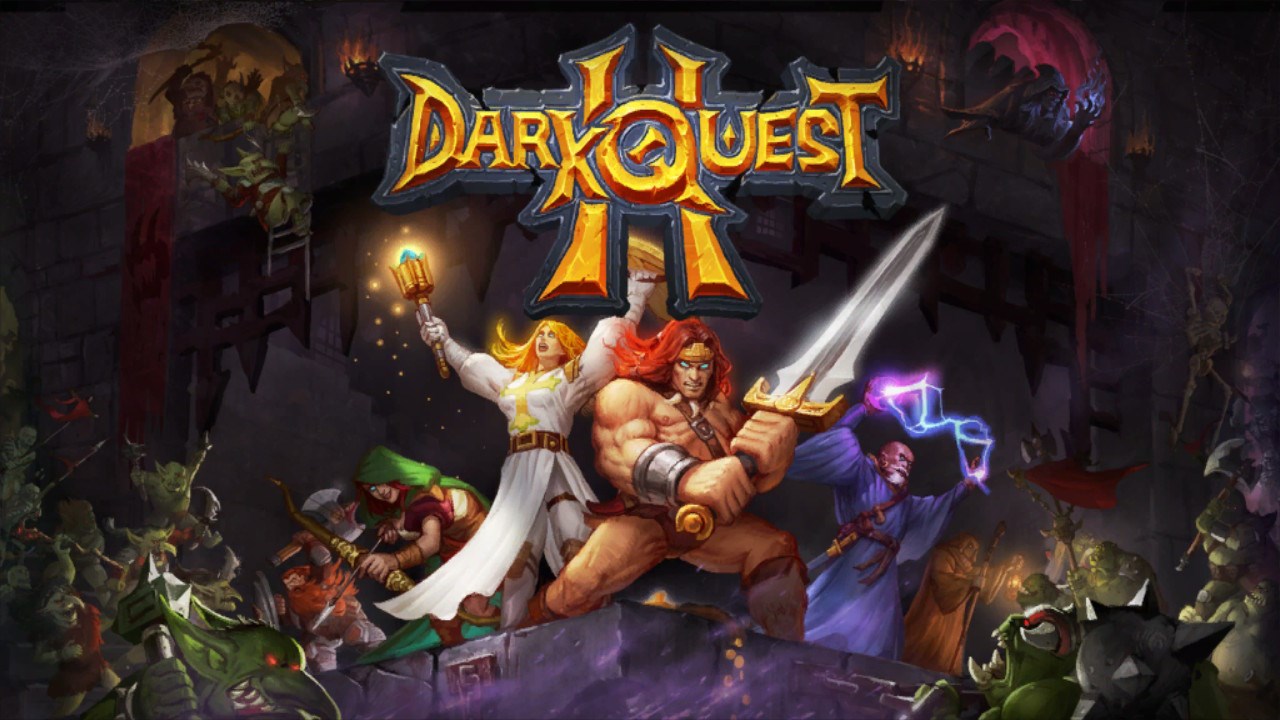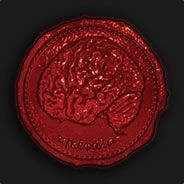Dark Quest II
Nintendo Switch
Developed By : Brain Seal Entertainment
Published By : Brain Seal Entertainment
Category : Role Playing, Strategy
Release Date : Feb 27, 2019
What do you get when you take a whole mixture of common elements from dozens of stories, and stir them up just one more time? You’ll end up with Dark Quest II on the Nintendo Switch. Featuring classics such as dark dungeons, goblins, and evil sorcerers, this turn-based strategy game combines more than just character types. Splash in some RPG elements and pinch in a table-top dungeon crawler vibe and you’ll end up right in the middle of this game.
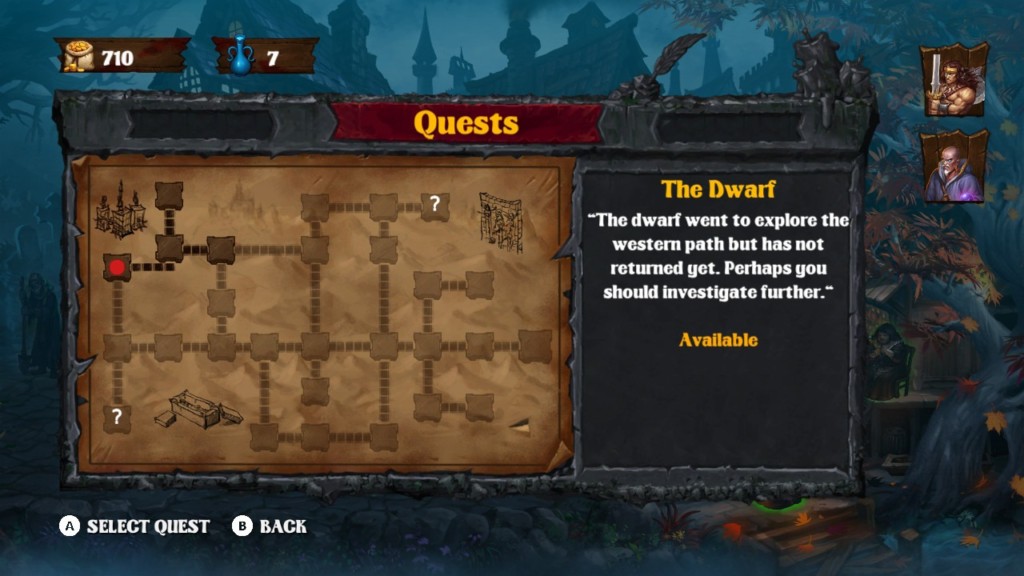
As far as the story behind the game goes, I wasn’t horribly impressed with it. Like I said, Dark Quest II mixes a lot of common elements together in a slightly different way. Emphasis on slightly. Here, we have the evil sorcerer who has gone on a killing spree, murdering everyone within a castle. Nearby, a village has been lucky enough to stay safe from his killing ways, and a barbarian that just happens to be out for a casual stroll in the area. And, as everyone knows, barbarians and evil sorcerers go together like matches and gasoline.
The barbarian stops his casual stroll and decides to stay at the local bed-and-breakfast while he mounts up his own party of fellow warriors, in the name of taking the evil sorcerer’s equally evil skull. Luckily for him, the village is filled with all sorts of warriors who are more than happy to join with him and squash some nefarious foes.
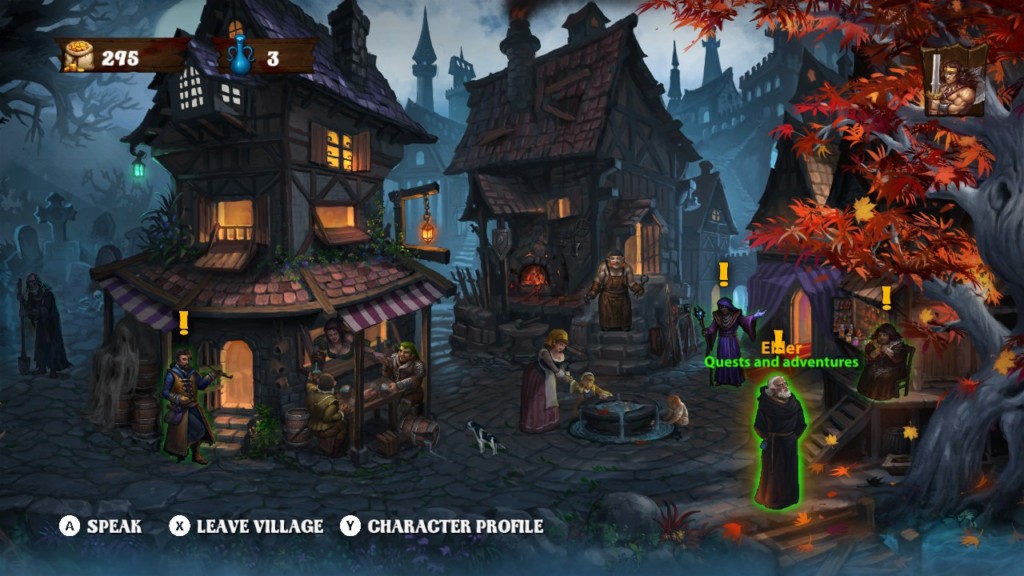
The village acts as your hub for the entirety of the game. There are almost a dozen different characters and locations to interact with here, servicing every aspect of the game. There’s a tavern where you can recruit new party members, a blacksmith who can craft and hone your weapons. Party member died on a quest? Talk to the gravedigger, maybe you can get them brought back to life. You’ll find a spot to buy elixirs, potions, learn magic spells, and just an all around generic merchant. And, naturally, the most important person of all, the Elder who will get you out on your quests. You won’t be able to access everyone right away, but as you progress through the game and need to meet them, you will.
But, before any of these people really become relevant, you need to get yourself adventuring! Talking to the Elder brings up a map of the castle grounds, and all of the grids which serve as the game’s levels. Each grid covers it’s own mission with their own objectives for you to complete within the castle. These could be anything from eliminating a number of goblins, recovering a stolen treasure, or ultimately your final quest of defeating the sorcerer. Choosing your missions will be semi-guided since you can only access new ones relevant to the areas that you’ve already completed.
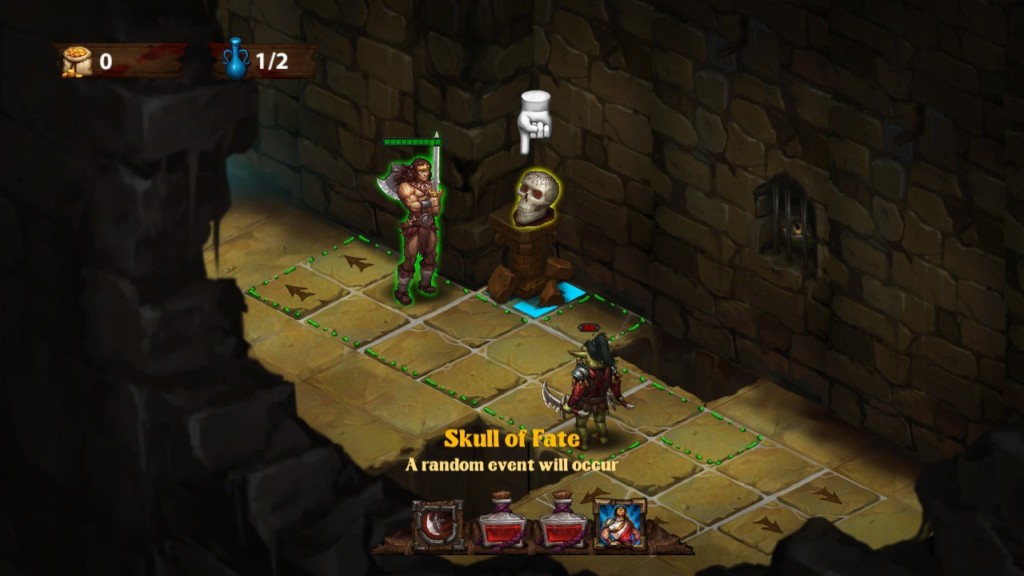
Within the missions themselves, you’ll be navigating through tons of screens worth of space in search of your objective. The floors are laid out in a grid pattern, and it’s here that you’ll encounter everything including enemies, traps, treasures, and the Skull of Fate. As far as moving your party members go, they can move anywhere you choose to place them on the entire grid in the current screen. Just know that once you select your destination, you can not stop them from moving to that point.
Each screen itself doesn’t take up a whole lot of space, so you’ll end up moving through them fairly quickly. Sometimes you’ll hit a trap, unless you have someone in your party who is capable of detecting them. Most traps are a one-and-done situation, but there are some which will continue to deal damage if they are walked over more than once. And before you ask, yes…your party members just might walk over the same trap that someone else triggered. Right in front of their face.
Despite everything else, the juiciest bit in these levels is running into your enemies. Every character, in your party and your foes, have a bunch of stats that are always relevant to everything. How much health they have, how strong their defense is, their attack range, their attack strength. You can always view these stats for yourself and the baddies by hovering over whoever you wish to know more about. Everyone also has the potential to have special skills equipped like being able to attack multiple foes in a single turn, or counter attack when you get hit.
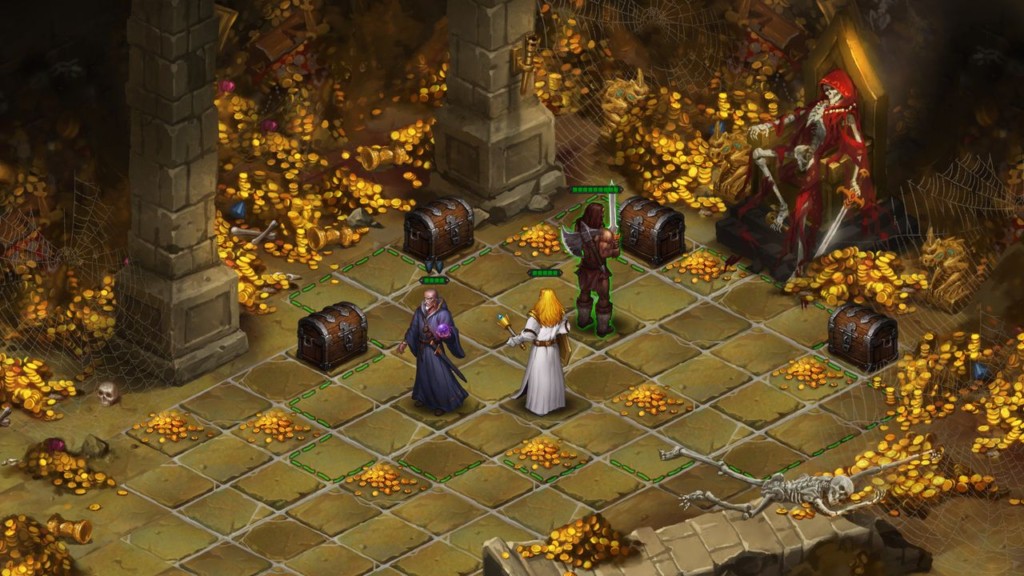
However, one of the most fun things in the combat rooms (when it appears, that is), is the Skull of Fate. It’s literally just a skull sitting atop a pedestal, waiting to be activated. There’s a short list of set events that could occur if the skull is activated, and it’s completely random which event is selected. A random stack of money could appear, damage could be dealt to any person in the room or someone could be healed, or it could even fully wipeout any one person in the room in one-shot. It sounds sort of gimmicky, but I have a bad habit of being the person that utters “maybe this time…” before activating the skull again so it can be a lot of fun if you want to tempt fate.
I enjoyed my time overall in Dark Quest II. More so than I anticipated if I’m being completely honest. While the story was lost on me for lack of depth and originality, the gameplay itself was quite enjoyable. At first, the isometric view takes a bit to get used to in respect to the controls, but once you do is smooth sailing. Every aspect of the game is laid out extremely simply for you to understand, so it’s easy to pick up and jump right in. Playing with the different classes is nice since they all feel quite different from one another, however you will quickly learn that if a certain class is missing from your party, your journey might prove quite perilous for yourself. Otherwise, Dark Quest II should be a good play for any fan of the turn-based strategy genre. Pick it up today from the eShop and go take down that evil sorcerer!






Buy Now
$10.99

Follow Brain Seal Entertainment





[Review] Hello Kitty and Friends Happiness Parade – Nintendo Switch

Developed By: Dabadu Published By: Rogue Games Categories: Rhythm Release…

